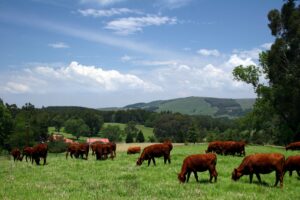Let’s Talk About Grass
go.ncsu.edu/readext?987968
en Español / em Português
El inglés es el idioma de control de esta página. En la medida en que haya algún conflicto entre la traducción al inglés y la traducción, el inglés prevalece.
Al hacer clic en el enlace de traducción se activa un servicio de traducción gratuito para convertir la página al español. Al igual que con cualquier traducción por Internet, la conversión no es sensible al contexto y puede que no traduzca el texto en su significado original. NC State Extension no garantiza la exactitud del texto traducido. Por favor, tenga en cuenta que algunas aplicaciones y/o servicios pueden no funcionar como se espera cuando se traducen.
Português
Inglês é o idioma de controle desta página. Na medida que haja algum conflito entre o texto original em Inglês e a tradução, o Inglês prevalece.
Ao clicar no link de tradução, um serviço gratuito de tradução será ativado para converter a página para o Português. Como em qualquer tradução pela internet, a conversão não é sensivel ao contexto e pode não ocorrer a tradução para o significado orginal. O serviço de Extensão da Carolina do Norte (NC State Extension) não garante a exatidão do texto traduzido. Por favor, observe que algumas funções ou serviços podem não funcionar como esperado após a tradução.
English
English is the controlling language of this page. To the extent there is any conflict between the English text and the translation, English controls.
Clicking on the translation link activates a free translation service to convert the page to Spanish. As with any Internet translation, the conversion is not context-sensitive and may not translate the text to its original meaning. NC State Extension does not guarantee the accuracy of the translated text. Please note that some applications and/or services may not function as expected when translated.
Collapse ▲
Cows grazing
As winter winds down it’s time to start thinking about spring and summer forages for your livestock. You may choose to plant grass or a mixed variety of seeds. Before planting your seeds, make sure to take a soil sample. When filling out a soil sample form, it is important to select the grass/mixture you want to plant to get the most helpful results. The soil sample results will help guide you in providing the correct amount of nutrients for your crop to thrive. If you have any questions or need help interpreting your soil sample results, reach out to your local N.C. Cooperative Extension office for help.
When selecting seeds, ensure they are well-suited for the area and time of year. It’s vital to choose plants that can handle hot summer months and drought stress. If you don’t select seeds well-suited for the area, your success rate will decrease drastically.
Planning what type of forage/grass you want to plant is a good idea. A good practice is to order grass seed early so you have it on hand when it’s time to start planting. You can also try coming-up with your own seed mixture for your pastures or hayfields.
If you have any questions, call the Livestock and Field Crops Agent, Skyler Murray at (828) 652-8104.




